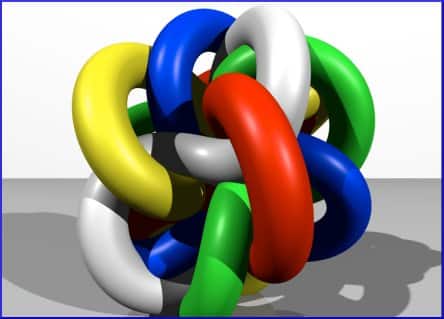
Childhood Obesity News has been looking at the possible relationship between two phenomena — compulsive eating and body-focused repetitive behaviors (BFRBs) — sometimes known as displacement behaviors. The person subjected to BFRB will develop a behavior or a tic that alleviates tension. It might be tugging on a lock of hair, or picking at a skin blemish, and for some reason it relieves stress.
As Dr. Pretlow mentioned in his presentation to the European Congress on Obesity, the brain picks up on this successful strategy and experiences chemical changes that serve to encourage and reward the activity even more. The behavior becomes compulsive, something that the person feels is not only necessary, but impossible to abandon.
The same can be said about using food for emotional comfort. It’s no secret that a lot of overeating is psychologically based, with patients trying to fill some kind of emotional void. The emotional component is one major strand of the complicated knot that makes up the obesity epidemic.
Another major strand is corporate-based, the tendency of food manufacturers to produce weird concoctions designed to hook customers rather than nourish them. A big piece of the “childhood obesity perfect storm” is the ubiquitous presence of food-like substances that were laboratory-engineered to be addictive. We know this, and it’s a huge issue that must be addressed.
Another strand
But it doesn’t explain everything. As science writer Christopher Ryan says, “If you locate the problem in the substance, then you’ll never solve the problem.” In the first W8Loss2Go trial, Dr. Pretlow learned something interesting when participants reported that their main stumbling block was eating too much at mealtimes.
They were not talking about exciting, hyperpalatable snack items tailored by scientists to be irresistible. No, this was boring old regular dinner. It might be a clue that eating can be a displacement activity, where doing something — anything — to discharge nervous energy is the main purpose.
So a bunch of people are eating not because it tastes delightful, and not because they’re hungry. The movement of the hand back and forth to the mouth, the rhythmic chewing, the sensation of matter sliding down the esophagus, all are repetitive and body-focused. Some of them might be eating because the sheer mechanical action fulfills the criteria of a satisfying displacement activity.
There are many similarities between BFRB sufferers and compulsive eaters. Body-focused repetitive behaviors are considered part of the obsessive-compulsive disorder spectrum, where people are doing stuff that is out of control, that negatively affects their work, and ruins their relationships — just like obsessive eating, and just like substance addiction. Seriously, has anyone looked into the correlation between OCD Spectrum Disorders and obesity in kids?
At any rate, all this comparison has led up to the good news. The close resemblance that compulsive eating can bear to other kinds of problems with “compulsive” in their names — this is where hope can be found. One of the strands can be picked loose.
(To be continued…)
Your responses and feedback are welcome!
Source: “#342 — Christopher Ryan,” VoiceBase.com, 03/25/13
Image by fdecomite.

 FAQs and Media Requests:
FAQs and Media Requests: 











